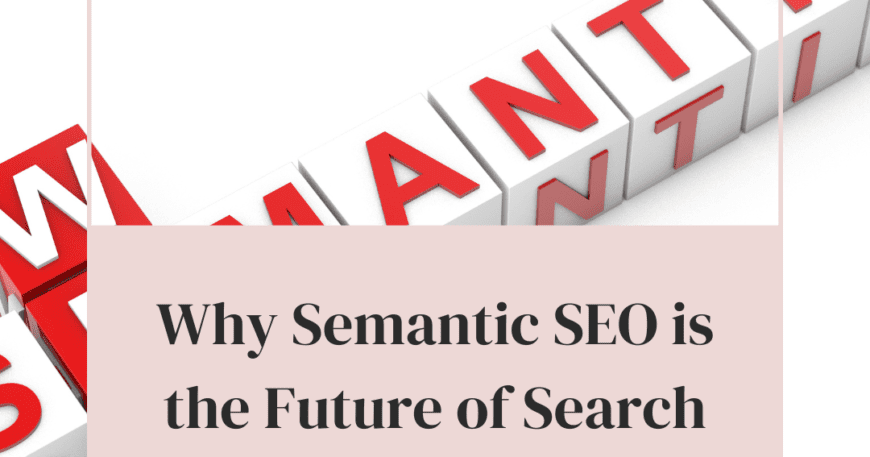5 Powerful Ways to Step Up Your SEO Game in 2025
SEO Game is changing fast, and if you are still using old tricks, you might be falling behind without even realizing it. But don’t worry this blog will help you stay ahead of the competition. In 2025, Google will be smarter than ever, and ranking higher is not just about stuffing keywords anymore. It’s about understanding what users want, using the right AI tools, optimizing for voice search, improving website speed, and most importantly, creating high-quality, helpful content. In this guide, you’ll learn how to align with Google’s latest updates and use SEO strategies that work. We’ll talk about why user intent is the foundation of SEO, how AI is making SEO easier and smarter, and why voice search is the future. You’ll also discover how to boost your website speed with Core Web Vitals and why quality content still rules the game. By the end of this post, you’ll have everything you need to rank higher, drive more traffic, and build an SEO strategy that lasts. So, let’s dive in 🚀 Focus on User Intent – Google Wants What Users Want SEO in 2025 is not just about keywords; it’s about understanding what the user really wants. Google is getting smarter, and if you want to rank higher, you must create content that truly helps people. That’s where user intent comes in. Let’s break it down in the simplest way possible. What is User Intent & Why It Matters? What is User Intent? User intent means what the user is looking for when they type something into Google. Are they trying to learn something, buy something, or find a website? Google’s job is to give them the best answer. There are three main types of user intent: Google loves websites that match user intent because it helps users find exactly what they need. If your content doesn’t match what the user is looking for, you won’t rank no matter how many keywords you use. Why Does User Intent Matter for SEO? Why Does User Intent Matter for SEO? In 2025, Google is all about E-E-A-T (Experience, Expertise, Authoritativeness, Trustworthiness). If your content isn’t relevant, helpful, or trustworthy, Google won’t rank it. Here’s why user intent is important:✅ Better Rankings – Google ranks pages that match what users are looking for.✅ More Traffic – People stay longer on your page when they find what they need.✅ Higher Conversions – If you answer their questions, they trust you and buy from you. How to Optimize Your Content for User Intent? Now that you understand what user intent is, let’s talk about how you can use it to improve your SEO in 2025. Step 1: Identify User Intent Before Creating Content Before you write anything, ask yourself: ✅ Use Google Search to see what ranks for your topic.✅ Check the “People Also Ask” section for related questions.✅ Look at competitor blogs to see what’s working. Step 2: Create Content That Fully Answers the User’s Question Google prefers detailed, well-structured content. Your content should: Example: If your user searches for “How to do SEO in 2025?”, don’t just list basic tips. Give them:✅ A full SEO checklist✅ New 2025 strategies like AI & voice search✅ Mistakes to avoid The more helpful your content, the better Google will rank it. Step 3: Use the Right Format for the Right Intent Different user intents need different types of content: User Intent Best Content Type Informational Intent Blog posts, how-to guides, FAQs, videos Navigational Intent Homepage, about page, brand pages Transactional Intent Product pages, landing pages, reviews For example, if someone searches for “Best running shoes for beginners”, a comparison blog post works better than a product page. Step 4: Optimize for Featured Snippets & Voice Search More people are using voice search (like Siri & Alexa). Your content should be:✅ Written in simple, conversational language.✅ Structured in short, clear answers (perfect for Google’s Featured Snippets).✅ Mobile-friendly (since most voice searches happen on phones). Example: If someone asks “What is SEO?“, Google prefers a short, direct answer: ✅ SEO (Search Engine Optimization) is the process of improving a website’s visibility in search engines to get more traffic. Step 5: Keep Updating Your Content Google loves fresh content! To stay on top in 2025:✅ Update old posts with new trends and data.✅ Improve readability (short sentences, bullet points).✅ Add multimedia (videos, infographics, charts). User intent is the heart of SEO in 2025. If your content truly helps people find what they need, Google will reward you with higher rankings. ✅ Understand what your audience wants✅ Create content that fully answers their questions✅ Use the right format and structure✅ Keep your content fresh and updated By focusing on user intent, you’re not just improving SEO you are building a website that people love to visit 🚀 AI & SEO – How to Work Smarter, Not Harder SEO in 2025 is not about working harder it’s about working smarter. With AI (Artificial Intelligence), you don’t have to guess what works anymore. AI can analyze data, predict trends, and automate tasks to help you rank higher without wasting time. But how is AI changing SEO, and which AI tools should you use? Let’s break it down in the simplest way possible so that anyone can understand and use AI for SEO success. 🚀 How AI is Changing SEO in 2025? AI is making SEO faster, smarter, and more accurate. Here’s how: 1. AI Helps Google Understand Search Better Google’s AI, like RankBrain and MUM (Multitask Unified Model), helps the search engine understand:✅ What users are really asking (even if they type unclear questions)✅ The meaning behind words (not just the exact keywords)✅ What type of content will best answer the query 💡 Example: If someone searches “How to rank on Google in 2025?”, Google won’t just look for pages with those words. It will analyze the intent and show the best content even if it doesn’t contain the exact phrase. 2. AI Makes Keyword Research Smarter AI-powered tools can:✅





